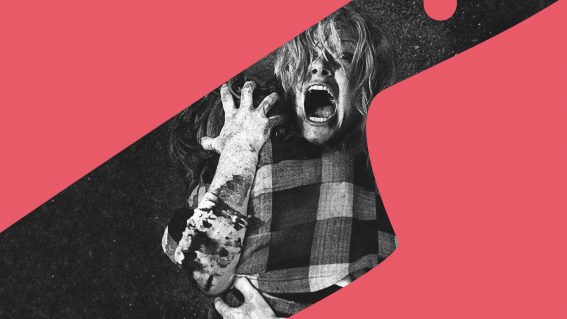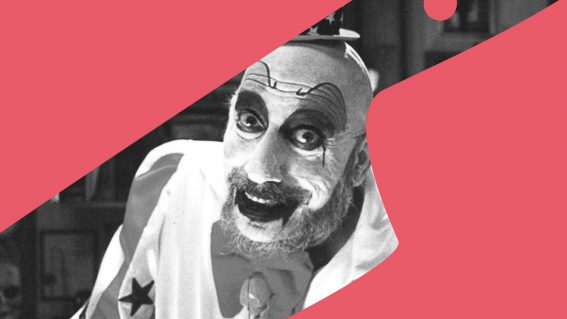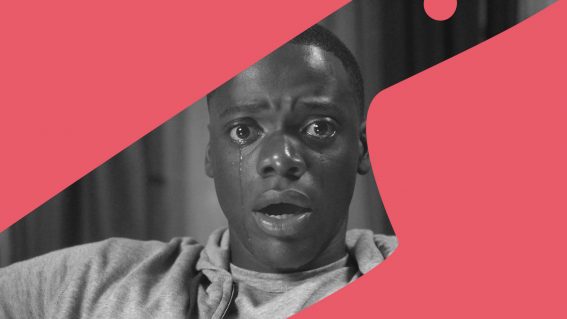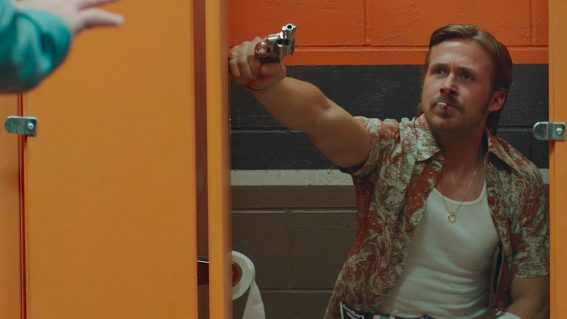Why The Craft is still the ultimate ‘high school is hell’ 90s movie

With The Craft‘s belated sequel now screening in Australian cinemas, critic Sarah Ward explains why the 1996 original remains a devilishly good high school movie.
Since first unleashing its teen witchcraft thrills upon cinemas in 1996, The Craft has been known for many things. It’s the other Neve Campbell and Skeet Ulrich-starring horror movie from the year; the one that isn’t Scream. It’s the reason that high schoolers started chanting “light as a feather, stiff as a board” at slumber parties. It paired a cover of The Smiths’ ‘How Soon Is Now?’ with witches before Charmed did. It also boasts a go-for-broke performance that Fairuza Balk will always be known for, and likely inspired plenty of snake and rat phobias. And, in an early scene, it features a line that was always destined to live on.
See also
* All new movies in cinemas
* All new streaming movies & series
“Do you know how to use candles?” Sarah (Robin Tunney) is asked by the proprietor of a Wiccan store. While it’s a genuine query, it’s also instantly amusing. Via a superfluous question, the film tries to stress that magic is intricate and complex. It attempts to foreshadow that Sarah’s journey won’t be as easy as she thinks, too. But saying that the piece of dialogue is clumsy is an understatement.
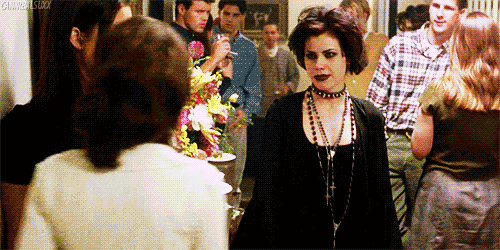
The Craft is also known for its thoroughly mid-90s aesthetic: black features heavily, naturally. But when the film conjures up its silliest line, it actually delivers one of its most potent elements.
Sarah and her friends Nancy (Balk), Bonnie (Campbell) and Rochelle (Rachel True) use witchcraft not just for fun, but to cope with the trials and tribulations of being a teenager. Alongside bullying, depression, malicious rumours and the cruel judgement of their peers, being underestimated falls into that category. Although that mightn’t have been the store owner’s intention, her query can still be read that way.
It’s a resounding snapshot of the 90s
When it initially hit cinemas, The Craft earned comparisons to an obvious predecessor. Heathers’ teens didn’t use spells, but in showing how hellish high school can be, the two films are kindred spirits. From the early 2000s, Mean Girls also clearly fits the mould as well—again, without magic. The idea that the teenage experience is anything but rosy isn’t new, and will keep popping up; however, The Craft combines that message with a resounding snapshot of the 90s.
Unlike in 1995’s similarly Los Angeles-set Clueless, mobile phones aren’t a part of The Craft’s teens’ lives. Ever-present screens, or anything that might demand attention other than friends and school, are absent as well. That’s period-appropriate, but it crucially lets the bond between Sarah and her classmates fester without distractions. And while high school might be torture, the way that young women react, adapt and face that torture together sits at The Craft’s core.
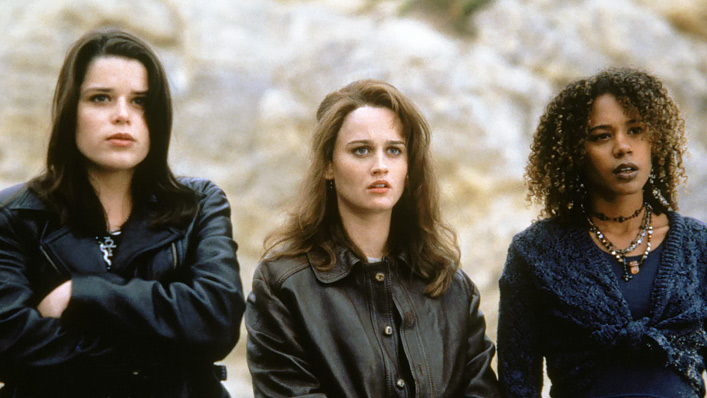
It’s about outsiders finding power in each other
As penned by screenwriter Peter Filardi (Flatliners) with director Andrew Fleming (Threesome), this is an outcast story. Freshly arrived from San Francisco, Sarah immediately stands out, and gravitates towards three others at her new school who do the same. She’s warned by the class hunk Chris (Ulrich) to stay away from Nancy, Bonnie and Rochelle, but she’s drawn to them nonetheless. In its best moments, The Craft illustrates what this means to the quartet. In scenes showing the four young women hanging out, testing spells and chatting about their magic-powered wishes, it also demonstrates how just having someone in their corner gives their senses of self-worth a vital boost.
Sarah and her friends need this. She sports scarred wrists and is humiliated by Chris. Nancy stems from a poverty-stricken background, Bonnie has her own scars from an accident and Rochelle is the victim of pervasive racism. All four are running from something, finding solace and power in each other. The Craft takes the latter part of that equation literally, but that doesn’t make it any less astute.
It’s both perceptive and kind of clunky
As a movie about witchcraft, though, it leans into one of the genre’s trademarks. Not only does The Craft tell of women building and benefiting from strong bonds, but it shows how others fear their connection—and, ultimately undercutting its characters, how their friendship eventually unravels.
No-one sees Goody Proctor with the devil, but Sarah, Nancy, Bonnie and Rochelle’s classmates are viciously unwelcoming. The more the young coven dabbles with the supernatural, casting spells on their peers, themselves and each other, the more they’re forced to confront the repercussions, too. The Craft even banishes Nancy to an institution, locking away a woman who refuses to play by society’s rules.
Perhaps that’s a firmly 90s outcome, just like the gaze that The Craft directs at its central foursome. It’s meant to be empowering when, mid-movie, they strut through the school like they own the place, but there’s also a noticeable amount of attention directed towards their chests. The early question about candles bears recalling here, because it cuts to the heart of this cult teen horror flick in another way. Like that line, a film can be perceptive and clunky all at once—even if it’s a beloved product and perfect example of a particular era.


